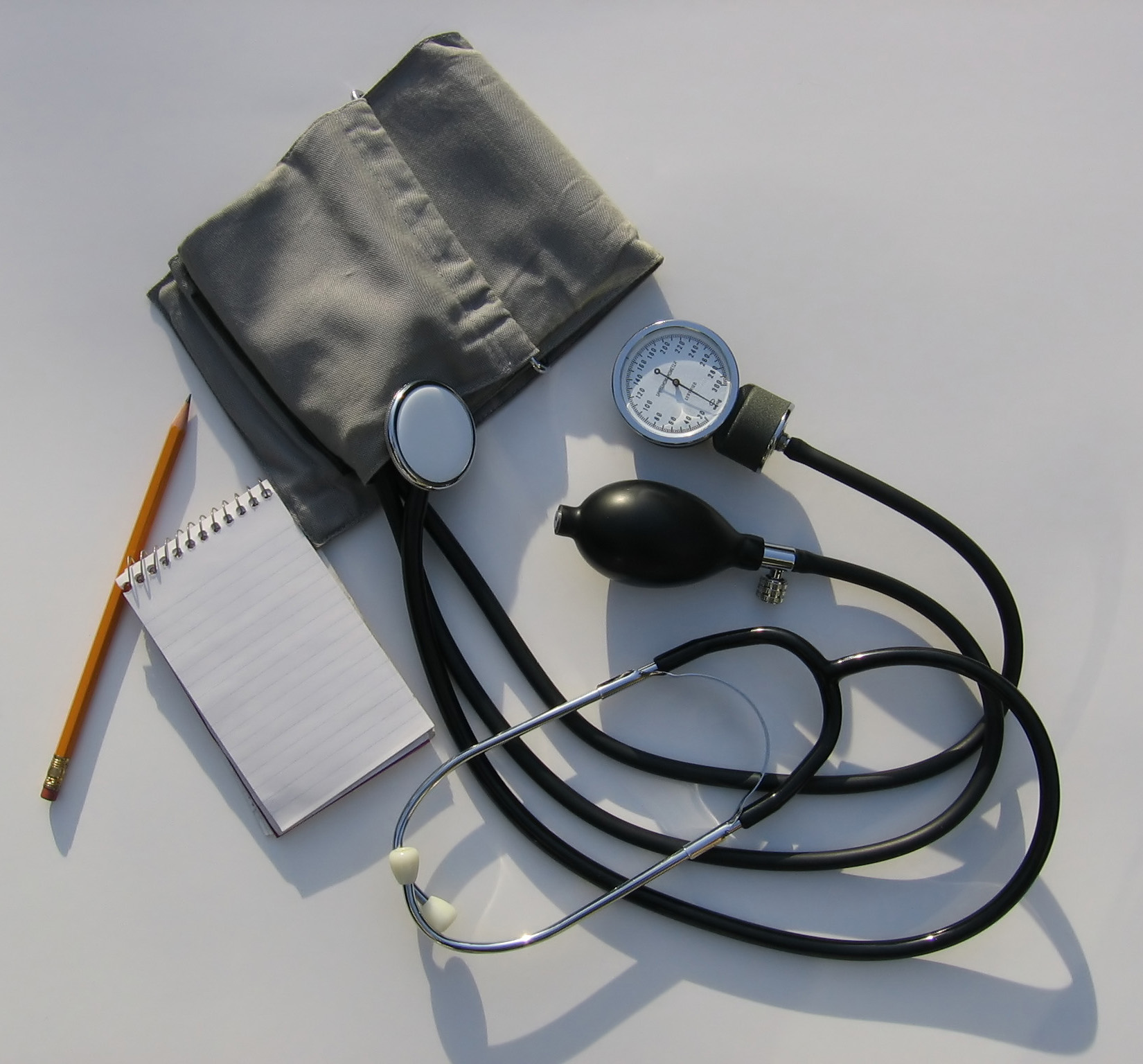
MONDAY, Sept. 23 (HealthDay News) — Medicare costs for treating U.S. heart attack patients have swollen significantly, with much of the additional expenses accrued in the year after hospital discharge, according to a new 10-year analysis.
Fewer patients were hospitalized for heart attack in 2008 than in 1998, and more of them survived. But per-patient costs paid by Medicare, the federally funded insurance program for the elderly, rose almost 17 percent over the decade, according to the study.
Rising costs are the price one pays for better care and longer lives, said Devon Herrick, a senior fellow at the National Center for Policy Analysis, who was not involved in the study.
“Care for heart attack patients has improved during the past 15 years, but keeping patients alive longer comes at a cost,” he said.
The 2008 heart attack patients were older and sicker, but more of the marginal patients survived compared with 15 years earlier, Herrick said. “Many of these would not have survived a decade or two ago,” he said. “This illustrates the cost of incremental improvements in medical care; we’re paying more, but we’re getting more.”
The study, published Sept. 23 in the journal JAMA Internal Medicine, highlights the difficulty of controlling the nation’s medical costs, said the study’s lead researcher, Donald Likosky, an associate professor in the Center for Healthcare Outcomes and Policy at the University of Michigan Medical School. Medicare currently limits spending within 30 days of a heart attack, but spending isn’t limited after that first month, which accounted for most of the additional expenses, he said.
Most of the added costs were for nursing homes, hospice, home health care, medical equipment and outpatient care, which nearly doubled during the study, Likosky said.
“Given that heart attack expenditures predominantly grew between the 31- to 365-day period, our findings suggest that efforts should focus on revising the current method for reimbursing care, including extending the current bundled payment beyond 30 days,” he said.
Dr. Ashish Jha, author of an accompanying journal editorial, sees these cost increases as a sign of a broken system that needs fixing.
“The study, as well as other recent evidence, should be a wake-up call for federal policy makers,” Jha, of the Harvard School of Public Health, said in a statement.
“Most of Medicare’s current efforts to curtail unnecessary spending, including readmissions and bundled payments, are focused on the first 30 days after admission,” Jha said. “Only a few programs extend the focus to 90 days.”
For the study, Likosky’s team compared Medicare data for more than 105,000 patients hospitalized for a heart attack in 1998 and 1999 with more than 212,000 patients hospitalized in 2008. Medicare patients are 65 and older.
Per-patient costs rose about $6,100 — or 16.5 percent — the researchers found.
Of the total increase, about 26 percent was incurred within 30 days of the date of hospitalization, and about 74 percent came between 31 days and one year after.
Patient spending by Medicare increased nearly $1,600 within the first month after hospitalization and more than $4,500 in the 31 days to one year after, the researchers found.
Patient deaths between 31 days and one year after leaving the hospital dropped from 36 percent in 1998-’99 to 31.7 percent in 2008.
More information
For more information on heart attacks, visit the American Heart Association.
Copyright © 2026 HealthDay. All rights reserved.

